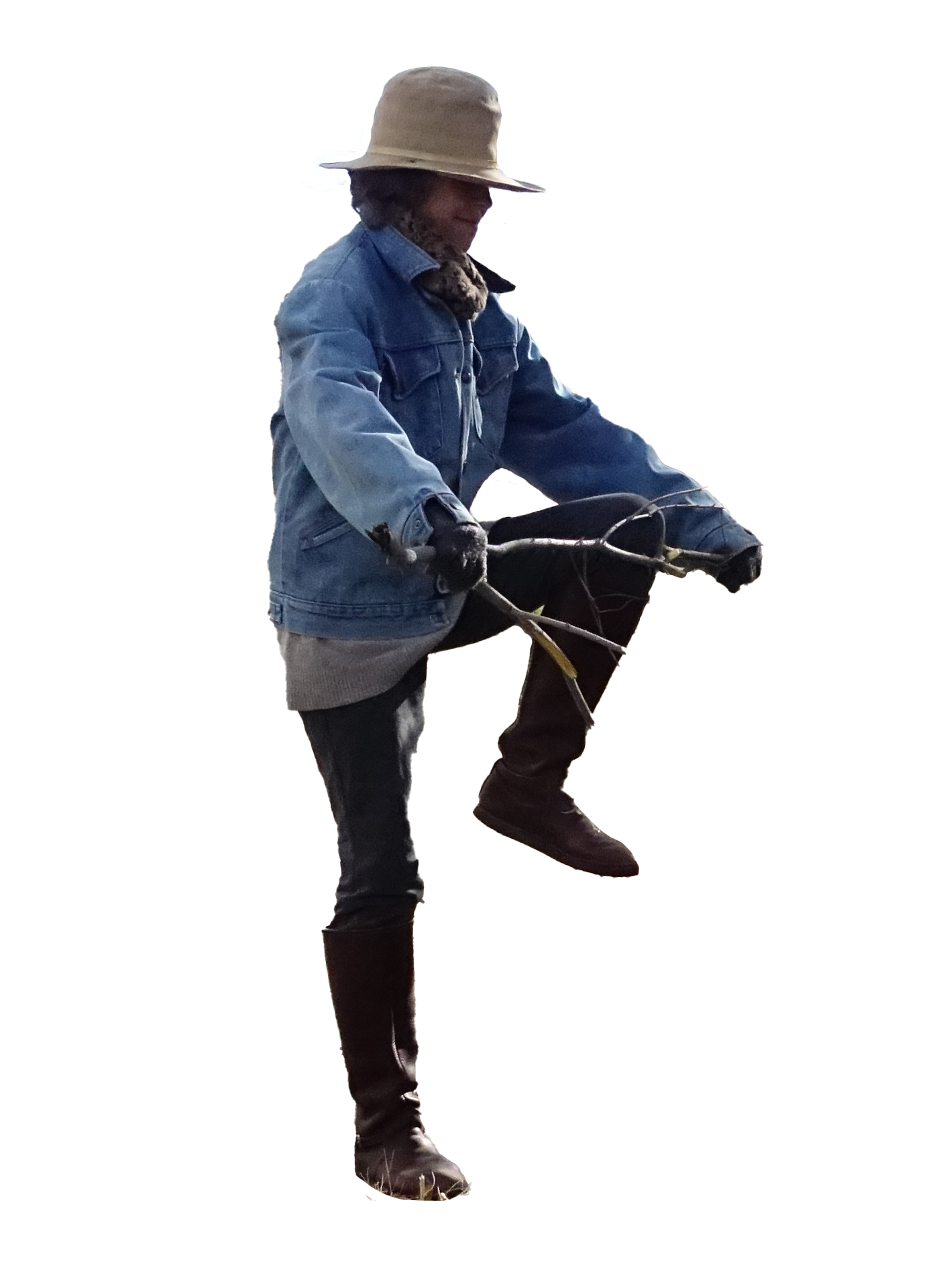Celia Reed
My Friend Celia
We met in 1980, in Santa Fe, and shortly after, moved together to a commune between Santa Fe and Taos, in a canyon leading up to the Truchas peaks, surrounded by magical pink hills dotted with Juniper. I took care of the pigs, goats and chickens, and Celia watered and looked after the Jerusalem artichokes we grew. When we parted ways we stayed in touch, mostly due to Celia’s devoted diligence to correspondence. Later she would write to me from Mexico where she and a couple of friends lived in caves among the Tarahumara. She eventually settled on the east-side slope of the Chiricuahua mountains near the town of Rodeo, about the same time I settled in Tucson.
First she built a classic pit house, which was eventually abandoned to the rattlesnakes.Then she built her own straw bale adobe house, as much as she could by her own hand. And she painted, always on small canvases. Her inspiration was in the land around her. It was a stark lifestyle, hauling water, heating with wood, no cooling during blazingly hot summers, very little electricity. Emphatically this was her choice, a primitive lifestyle in the Sonoran desert as a painter.
There she remained for the last 35 years. She does not own a computer or a cell phone. She harvests rainwater, a life depending on conservation. She made her peace with the rattlesnakes that invade every spring. She thrived on the drama of weather that unfolded around her, and relished her view of Pelloncillos peaks across the valley.
This show is her farewell now to her desert home, as she plans to return to her native England later this year. At 71, she will enjoy her sisters whom she has missed for many years, and perhaps get to know the generation of nephews and nieces who have grown up while she was away.
Each of these paintings are a reverential goodbye to the corners of her home, to the metates filled with rain water, to the transcendentalist dreams she puzzled out. These paintings are the footprints of 35 years spent in the desert.


